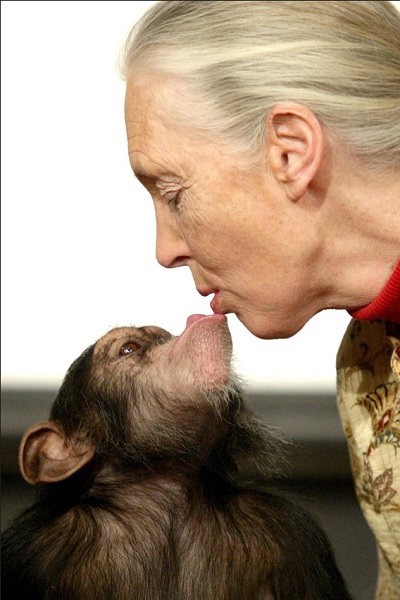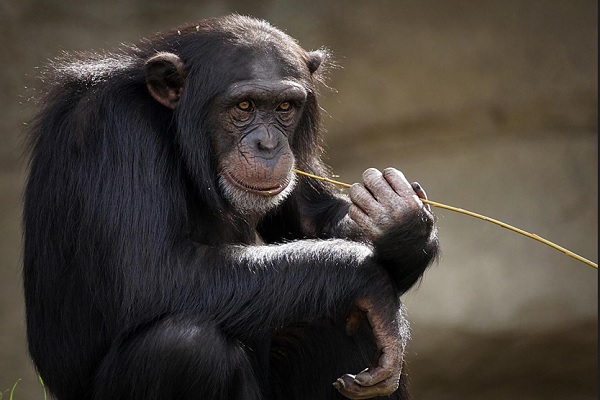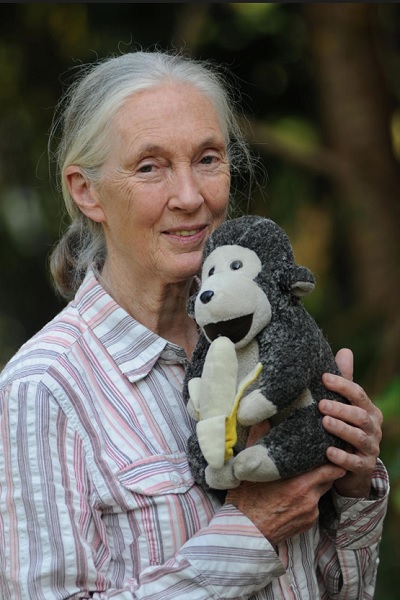Language rules
How good is your grammar? Do you know all the terms? Solve this grid to find out.
How good is your grammar? Do you know all the terms? Solve this grid to find out.
Do you like desserts with berries in them? How well do you know the different types of berries? Play this memory game to find out.
Berries are small, soft, round fruit that come in a variety of colours — mainly blue, red or purple. They are some of the yummiest fruits and are especially a nice treat to have in the summer. They can be sweet or sour in taste and are often used in jams and desserts such as cakes, cupcakes, pies, tarts, cookies, chocolates and so on. They can also be turned into syrups and juices.
How well do you know the different berries? Play the memory game to find out.
A few countries made it to the top 10 list of being the healthiest. Do you know which one tops the list? Find out with this activity.
There are a variety of factors that contribute to healthy, happy countries. The healthiest countries are those that are developed. These countries have lower rates of pollution, access to quality health care, and access to clean, safe drinking water. Unhealthy countries, on the other hand, do not have access to clean drinking water or any type of healthcare. Diseases run rampant. Pollution may be high, leading to health problems, illnesses and death. The life expectancy of the residents of these countries is low, and infant mortality is high. Quality of life is dramatically lower than in the more developed countries.
The Global Health Index takes a look at several factors to rank the healthiest countries in the world. Play this game to guess which countries are the healthiest.
There’s so much happening around the world. Here’s something that will help you stay on top of it. Explore this interactive map and learn more.
Get your fix of news from around the world with this interactive map. Click on the hotspots to read more about each country.
Source and photos: AFP, AP, Sandeep Saxena, S. Subramanium
Here are some fascinating zoos from around the world. Which one would you want to visit?
Monkeys, crocodiles, lions, flamingoes….catch them all in one location. Let’s set off to the zoo. April 8 is designated as Zoo Lovers’ Day.
Let’s look at some famous zoos across the world. Scroll through the slides below to find out more. Afterwards, earn a few points in a contest by clicking here.
The summer vacation is almost here! If you’ve been walking around your neighbourhood, see how many of these winged visitors you can identify, from their pictures.
Have you been out and about for an early morning walk or run? If you have, the trilling of birds may have kept you company.
Here are 10 common birds found all over the country — you may even have seen them from your balcony. Now find out how much you know about them.
Do keep a bowl of water out for them — they get as thirsty as you do!
Are you beating the heat by staying indoors? But that’s no reason to not exercise and stay fit! Here’s how you can do it…
With summer fast approaching, all you would want to do is laze around the house, slurp on ice lollies and juices, watch TV… basically, anything that saves you from the scorching summer heat. However, becoming a couch potato, in order to stay cool, isn’t the best option. But it’s too hot for exercise outside, you say?
Well, here are some fun exercises, that you can do, within the comfort of your home. While getting to know how to do them, also try your hand at the shuffle puzzle, to see an example of each workout.
Squats
Put your feet apart (as wide as your shoulders), put your arms out at shoulder level, and bend as if you’re sitting down on an invisible chair. Repeat multiple times. Make sure your knees don’t extend past your toes.
Side plank
Start by lying on one side (left or right), resting on your forearm. Keep your legs straight at a 90 degree angle. Finally, push your body off the floor.
Lunges
Take a step forward with either your right leg. As you do, your left knee should touch the floor. Make sure your right knee doesn’t extend past your toes. Repeat with the other leg.
Mountain climbing
Start in a push-up position. Then, alternate bringing one foot at a time forward toward your armpit and then extend it back out.
It is a native animal of Madagascar, and its name means “spirits of the night”. Can you add colour to this unique species’ world?
April 3 is Jane Goodall’s birthday. In love with wildlife, she went into the forest with a dream and came out with a mission.
In July 1960, 26-year-old Dr. Jane Goodall travelled from England to Tanzania and ventured into the Gombe Stream National Park, in western Kigoma Region, Tanzania, into the little-known world of wild chimpanzees.
Jane entered the forest of Gombe, with a little more than a notebook, binoculars and an interest in wildlife. At that time, the world did not know a lot about chimpanzees, and even less about their unique characteristics similar to humans. She braved the unknown, to get a better understanding of the animals, and to shine some light on them.

She was different however, with how she made her studies. She decided the best way to learn about them was to completely immerse herself with the animals in their habitat and their lives so she could experience their society and how they interacted with one another. She saw them as not just another animal species, but as individuals with emotions and long-term bonds. She became friends with them.

In 1960, Jane discovered that chimpanzees make and use tools, much like humans do. This was considered a great discovery leading to redefining the relationship between humans and animals. Jane worked for nearly 60 years with chimpanzees showing us the urgent need to protect them from extinction.
Today, she travels the world speaking about the threats chimpanzees and the environment faces, asking each of us to take action for all the living things and the planet we share.
A quick look at some important milestones in her life:

People, places, and events have defined the history of human evolution. Here are a few historically significant occurrences for you to identify.
From the beginning of time, there have been events, people, and places that have shaped our history and thus, our life today. Mass extinctions, migrations, wars, literature, art, and many more have played a crucial role in the evolution of human civilisation.
We have picked out a few significant moments out of the countless ones that define the history of humankind. Can you identify them?